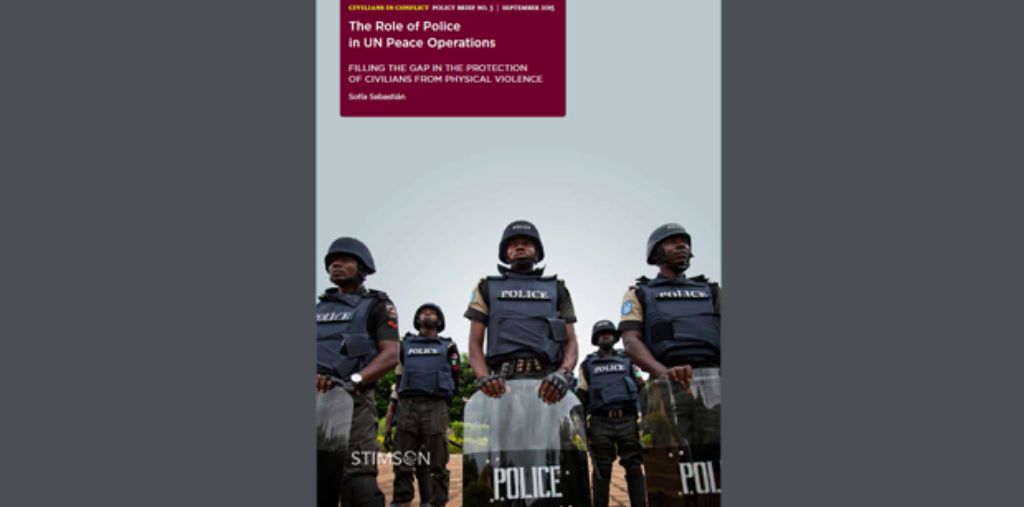To most people, the term “United Nations peacekeepers” conjures images of soldiers in blue helmets, but U.N. peacekeeping operations also include critical non-military components. In environments characterized by weak or dysfunctional rule of law institutions and in contexts of criminal and low-intensity violence, U.N. police can play a vital role in maintaining security and protecting the civilian population from physical violence.
In contexts like South Sudan, the Central African Republic, Haiti and Mali, peacekeepers face unique challenges-including high levels of criminal violence, trafficking and organized crime networks, and the presence of large numbers of civilians seeking long-term protection at U.N. bases-that U.N. military forces do not have the skills and capacities to address on their own. In situations where violence risks escalating to a full-blown war or mass atrocities, U.N. police can be critical to maintaining security and protecting the civilian population from physical violence, filling the gap between the protection capabilities of military and civilian components of peacekeeping missions.
A new policy brief by the Stimson Center – The Role of Police in U.N. Peace Operations: Filling the Gap in the Protection of Civilians from Physical Violence – identifies important doctrinal gaps that have hindered U.N. police effectiveness in protecting civilians from physical harm. These gaps have generated confusion about what protection from physical violence means; the specific roles (and ability to use force) of different types of U.N. police, including formed police units and individual police officers; the mandated tasks of physical protection in non-executive mandates; how the military and police must cooperate in different protection scenarios; and how U.N. police may protect civilians as a primary agent of protection in contexts of criminal violence.
The policy brief argues that in order to enhance U.N. police capacity in the protection of civilians from physical harm, the U.N. Department of Peacekeeping Operations should adopt new guidance on police and protection, address broader capability and training deficits (including in the area of rapid deployment), expand the recruitment pool of U.N. police and politically engage with police- and troop-contributing countries to better define the responsibilities of U.N. police in physical protection.
This policy brief is the third in a series of Stimson’s Civilians in Conflict project publications, which will explore issues relevant to this year’s high-level review of U.N. peacekeeping, with a focus on how U.N. interventions can better protect civilians

